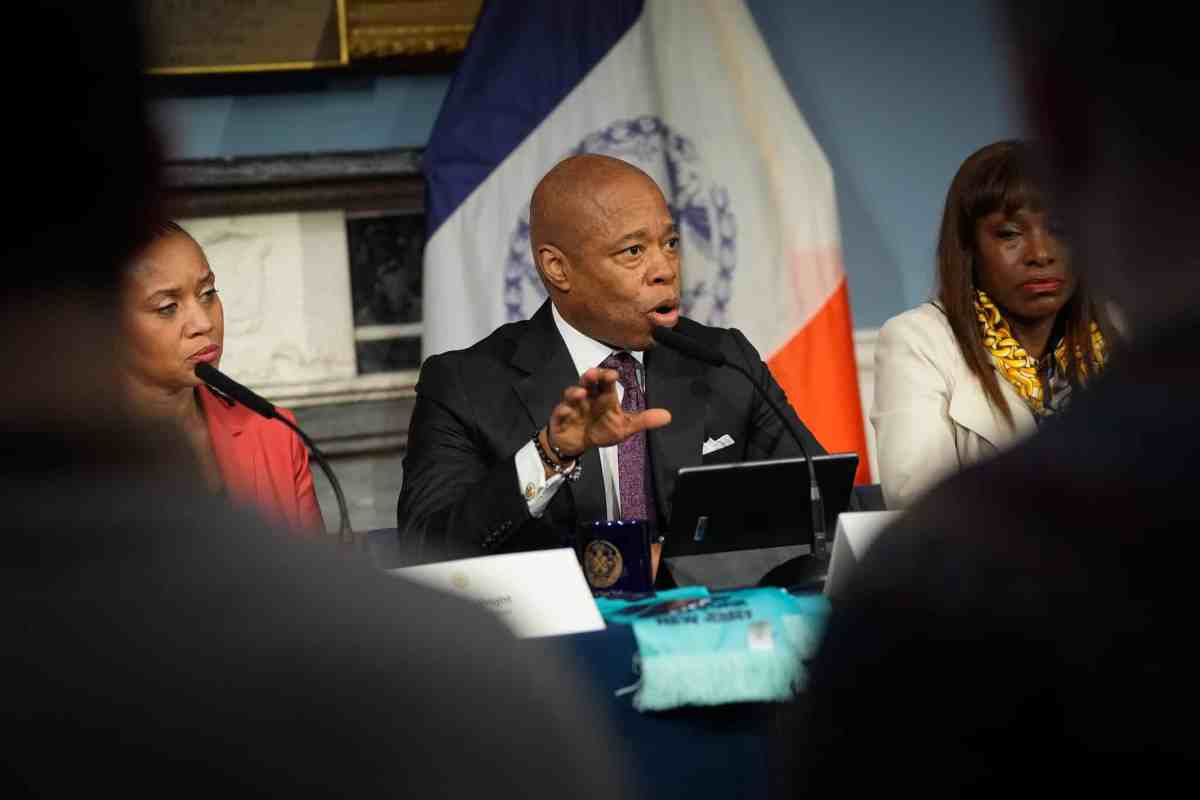By Dr. Herminia Palacio
As a doctor I learned to be relentless when treating my patients. So, I am proud of the relentless effort the de Blasio administration has put into taking on the homelessness crisis.
As a New Yorker, I share the frustration of many that we haven’t made enough progress.
We have already stopped the decades-long rise of people coming into shelters with an aggressive set of programs, including rental assistance, street outreach, affordable housing and expanded legal services for those facing eviction. But we must do more.
Now, we will create a more rational and effective shelter system that responds to homelessness borough by borough, neighborhood by neighborhood, human being by human being.
New Yorkers will see fewer shelters. We will end the use of all cluster apartments by 2021 and all commercial hotels by 2023, reducing the number of shelter facilities by nearly 45 percent.
New shelters will be cleaner, safer, and situated strategically to help residents stay near their old neighborhoods and supplied with services to help residents back into stable housing.
This isn’t a quick fix, but it will turn the tide on a decades-old reality.
From 1994 until 2014, the number of people living in shelters soared 115 percent. Years of rising rents combined with stagnating wages means that today 70 percent of those in our shelters are families, while 34 percent of them have at least one member working.
Reacting to this crisis, the city sent people wherever a shelter bed was open, even if that bed was far from their old home.
When shelters overflowed, people were sent to more isolated hotel rooms or apartments in buildings with renters.
Far from their old lives, in shelters that lacked appropriate services, shelter residents had no easy path back to stability.
Our reformed shelter system keeps people in the boroughs they call home and offers career counseling, health counseling and more to help them back on their feet.
This approach, coupled with other efforts, will reduce the number of homeless people in shelters by 2,500 over the next five years – the first reduction in a decade.
We are also committed to reforming how we notify communities about new shelters, giving advance notice of new facilities and creating an advisory board in every new shelter to handle local complaints.
In turn, we are asking neighborhoods to be our partners, helping to make new shelter sites work and helping to house people in need from their own community.
Working together, this city of 8.5 million people will make sure that no New Yorker has to face homelessness alone.
Dr. Herminia Palacio,
Deputy Mayor
Health and Social Services































